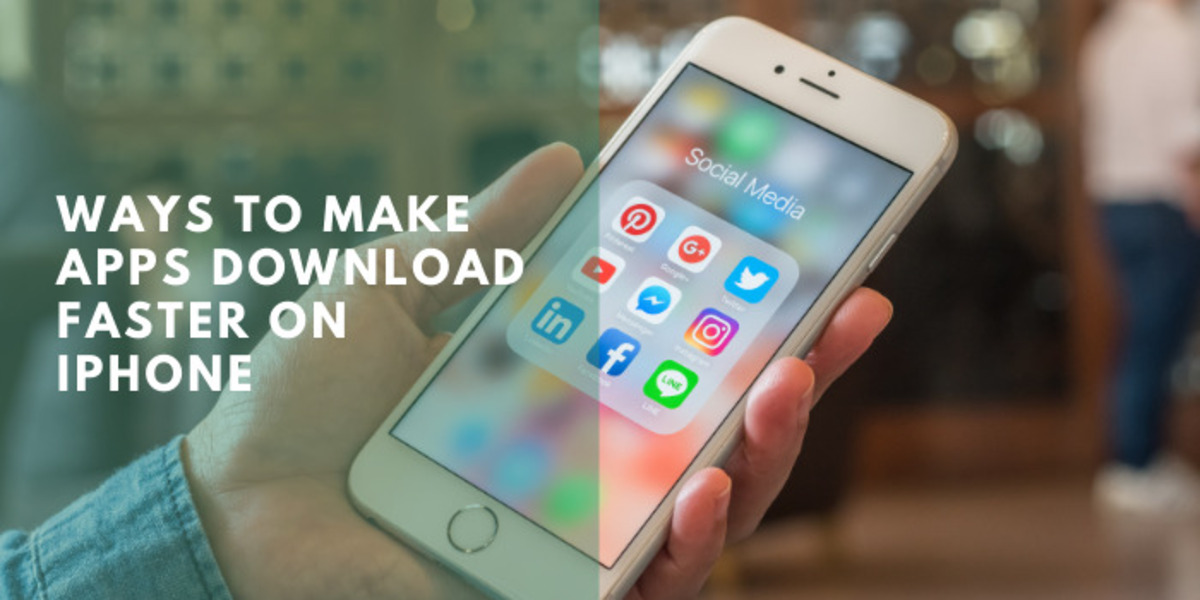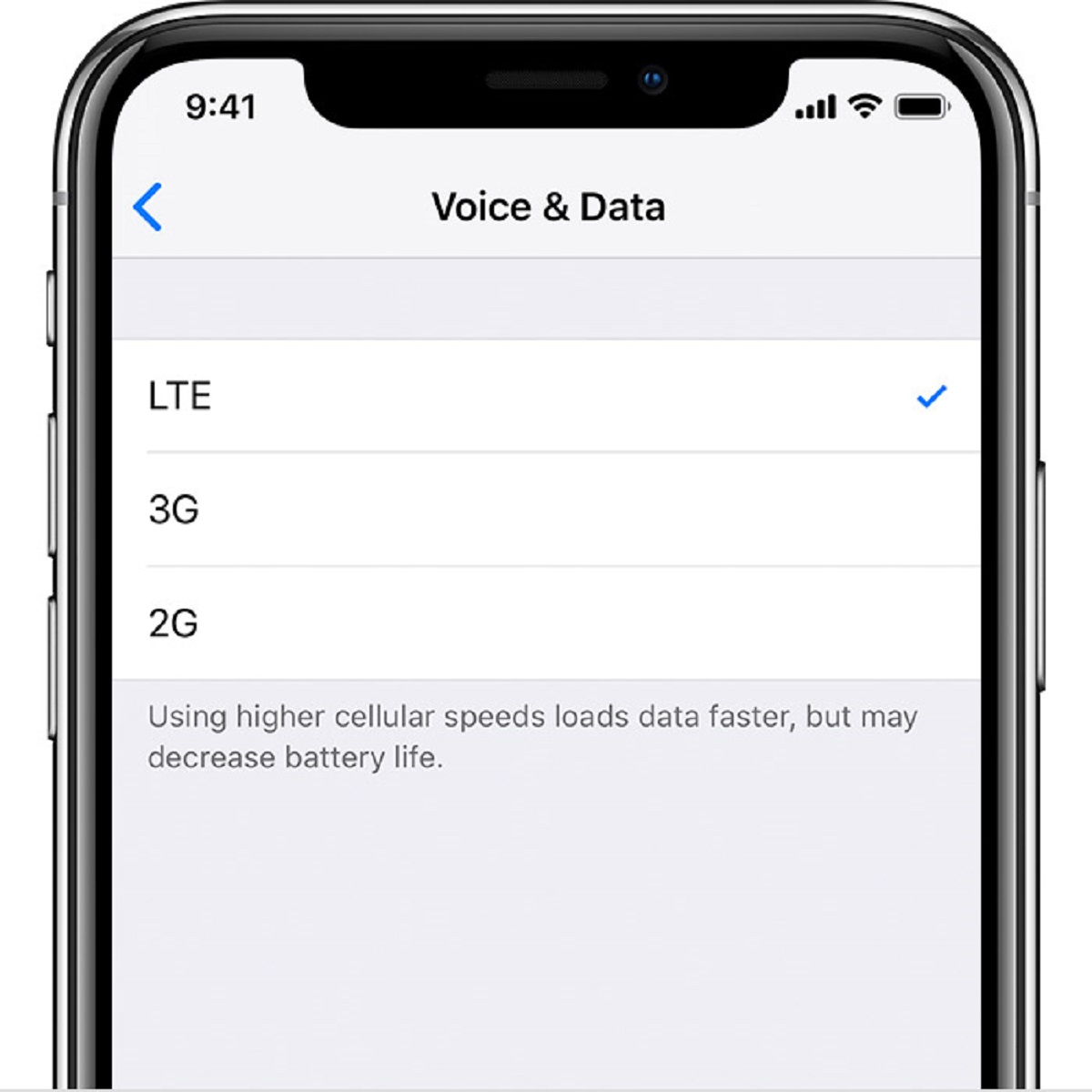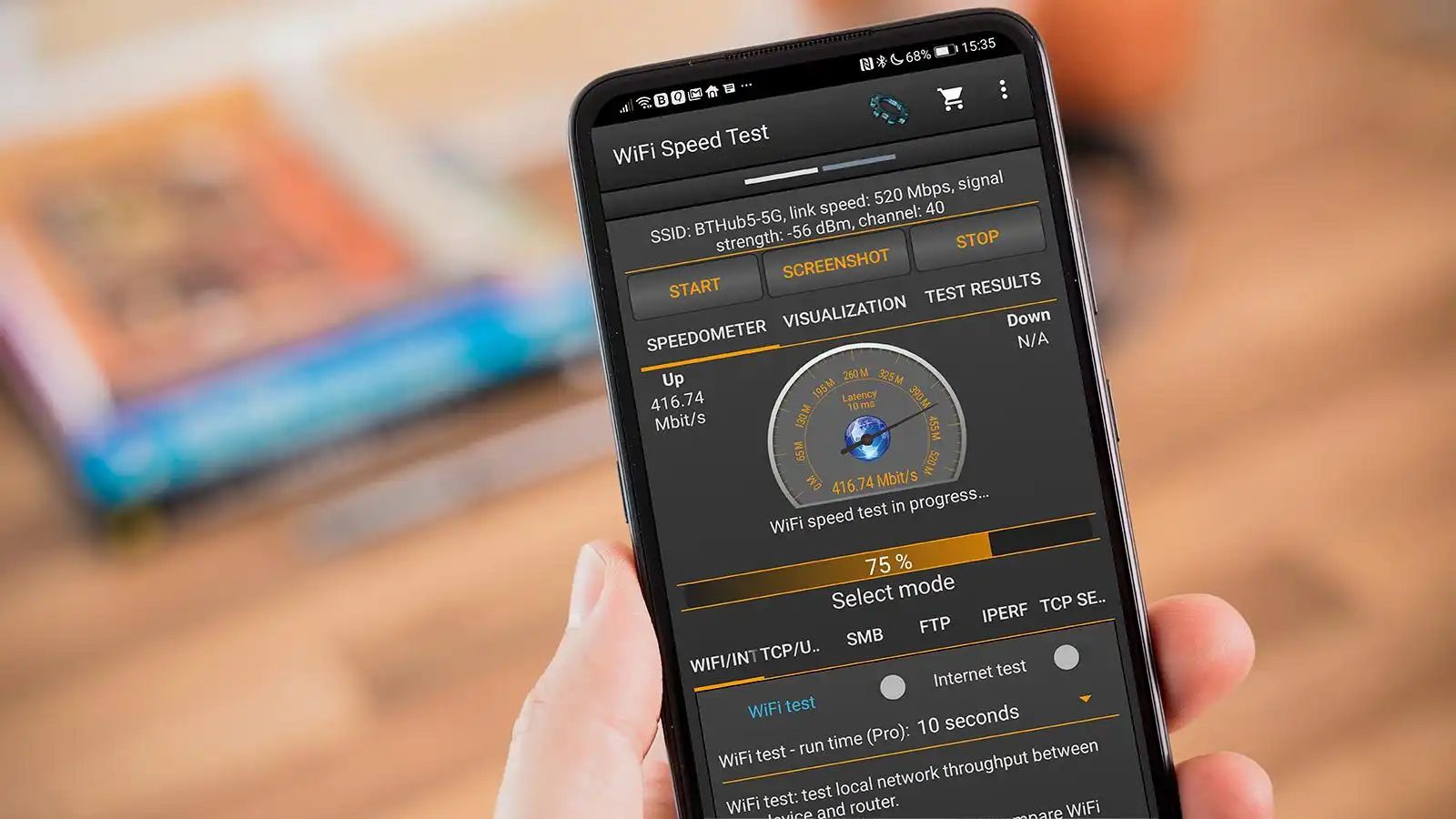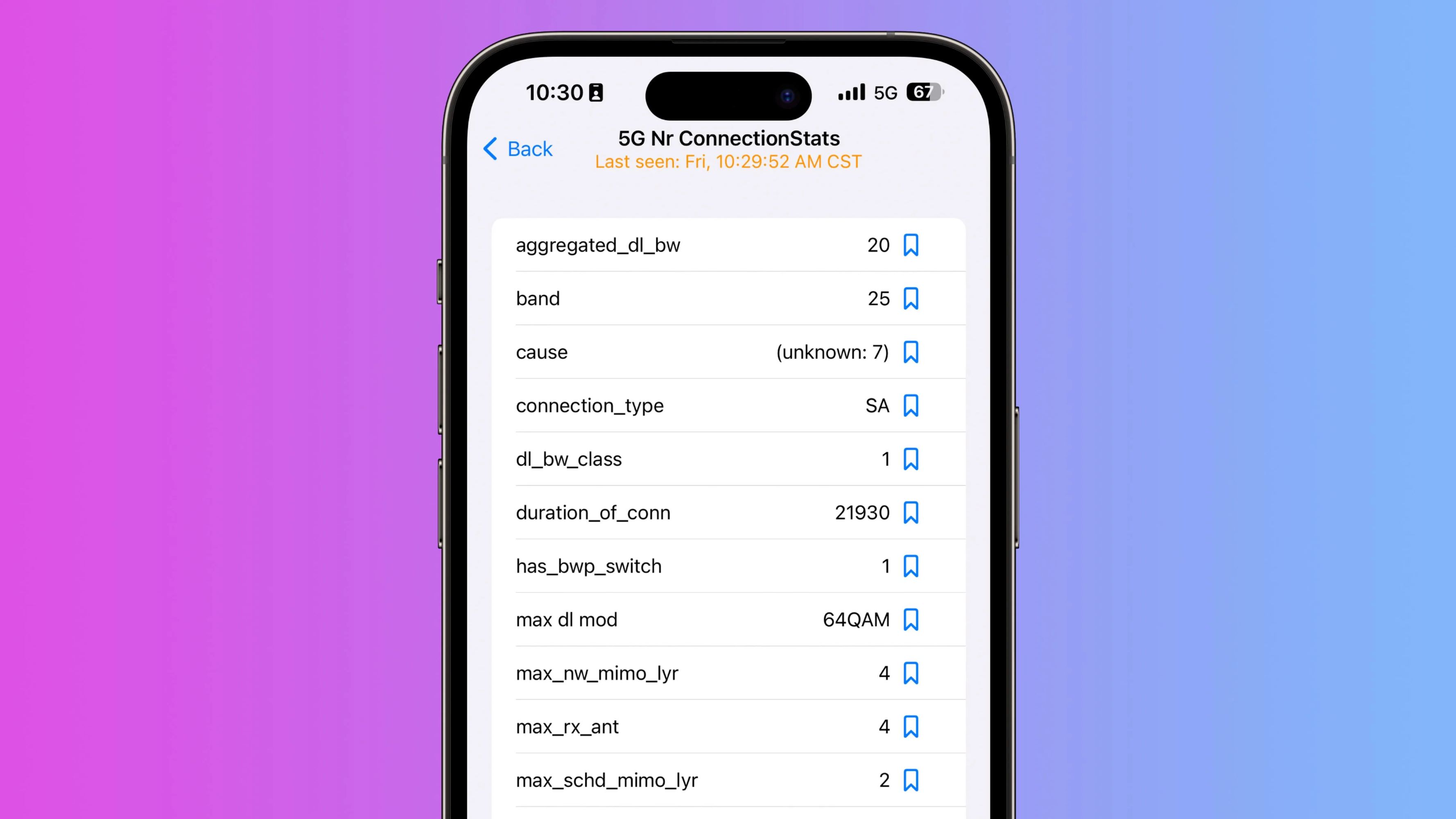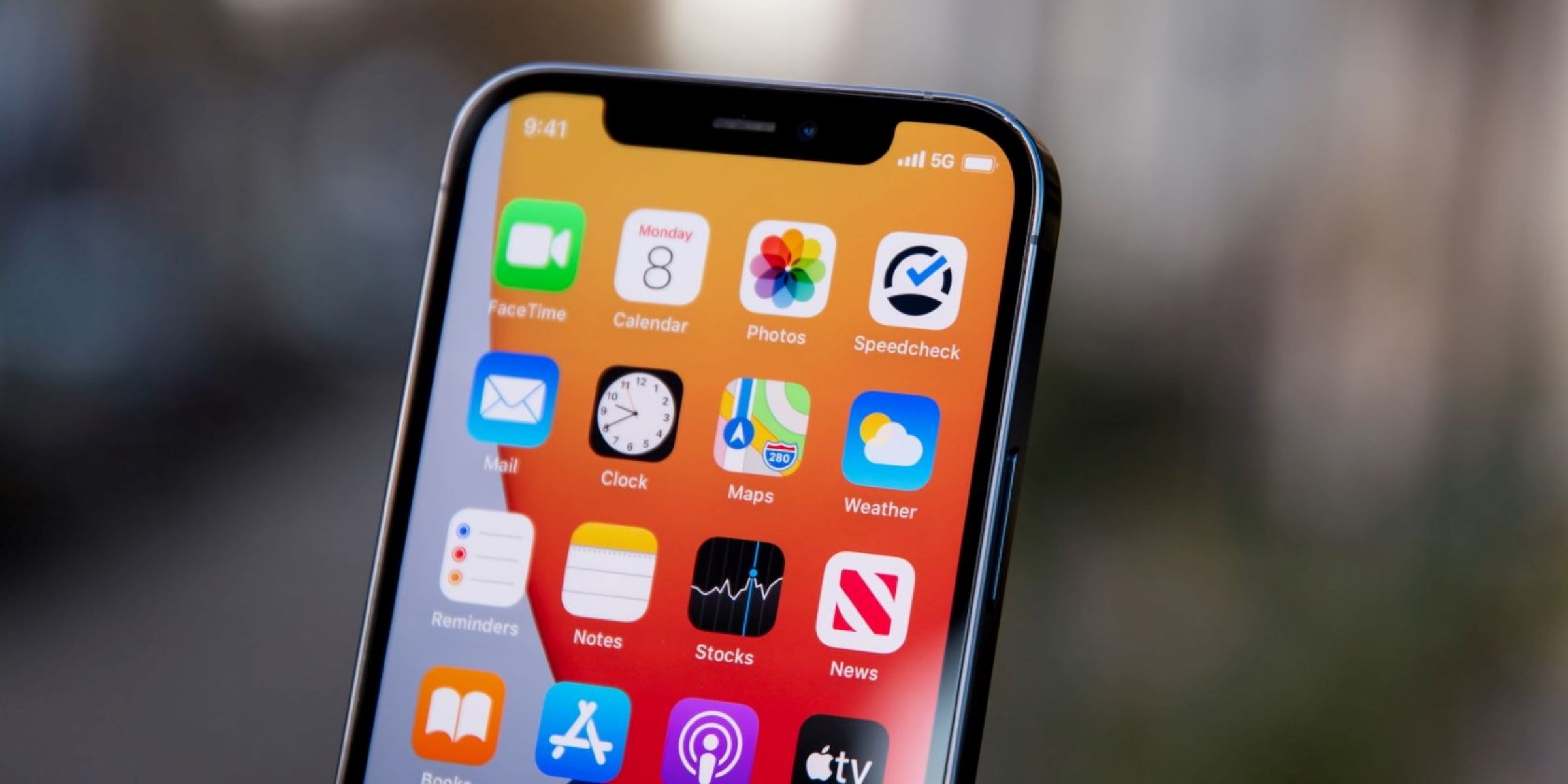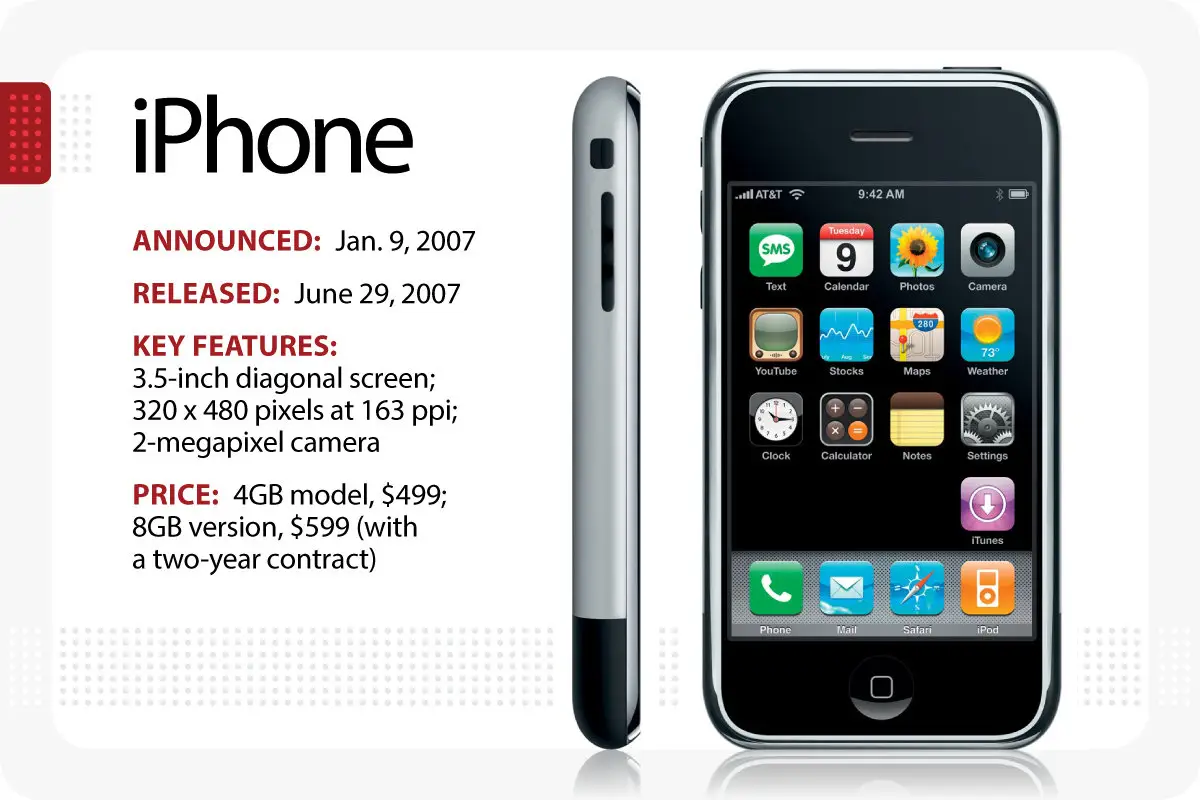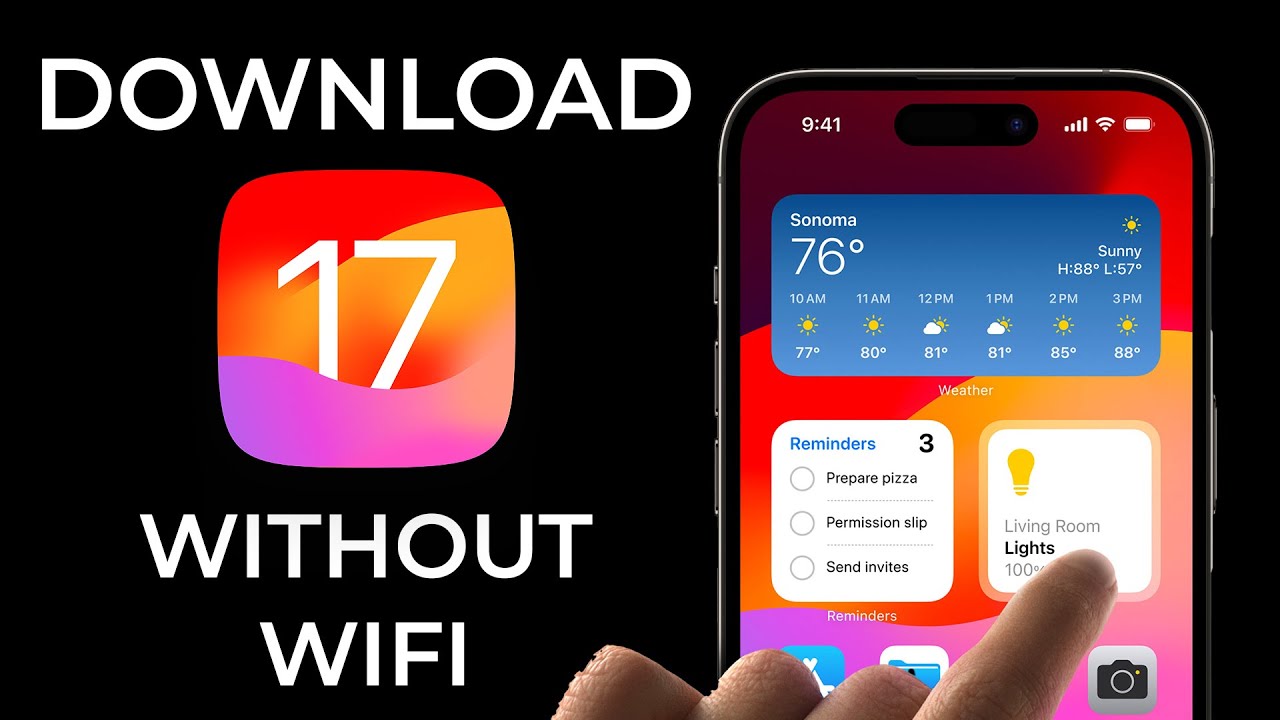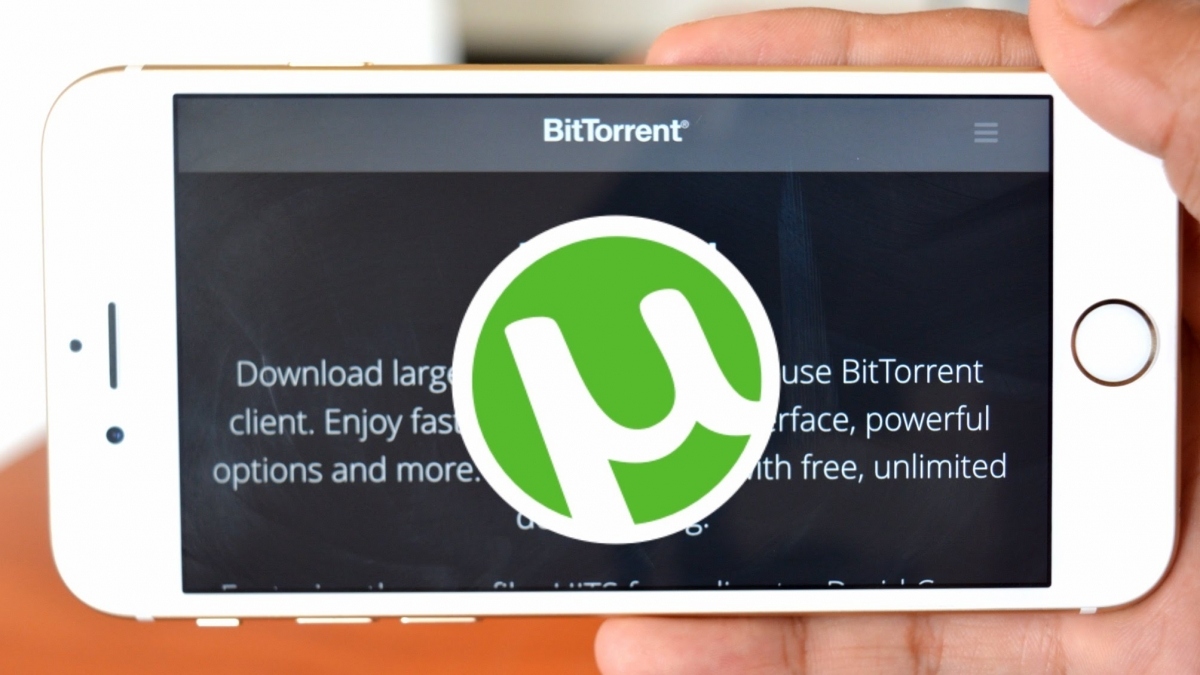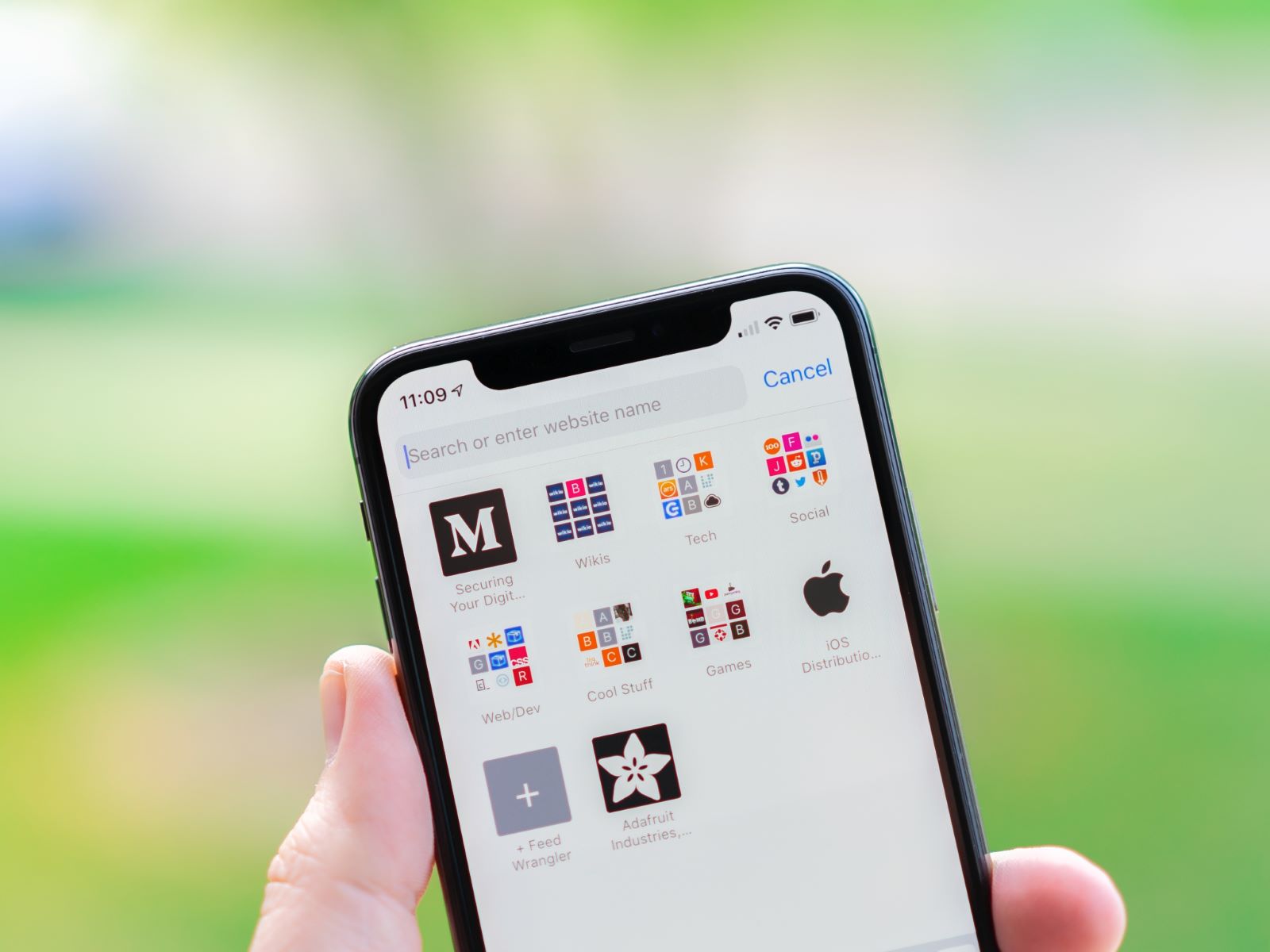Clear Out Unnecessary Apps and Files
When it comes to optimizing your iPhone to download apps faster, one of the first steps you should take is to clear out any unnecessary apps and files. Over time, we tend to accumulate a plethora of apps that we rarely use, taking up valuable space on our devices. These unused apps not only occupy storage space but can also slow down the overall performance of your iPhone, including app downloads.
To clear out unnecessary apps, go to your iPhone’s home screen and locate the app you want to delete. Press and hold the app icon until it starts to wiggle, then tap the “X” that appears in the corner. Confirm the deletion by selecting “Delete” from the popup menu. Repeat this process for any other apps you wish to remove.
In addition to clearing out unused apps, it’s also essential to go through your files and delete any unnecessary documents, photos, videos, or other types of media that may be taking up significant space. To do this, open the “Files” app on your iPhone and browse through your folders to identify files you no longer need. Tap and hold on a file, then select “Delete” from the options that appear.
By clearing out unnecessary apps and files, you can free up storage space on your iPhone, allowing for smoother app downloads and overall improved performance. It’s a simple yet effective step in optimizing your device for faster app downloads.
Close All Open Apps Running in the Background
One common reason for slow app downloads on an iPhone is having multiple apps running in the background. When you switch between apps on your iPhone, some of them may continue to run in the background, consuming system resources and slowing down the download process. To ensure faster app downloads, it’s important to close all open apps running in the background.
To close background apps on an iPhone running iOS 14 or later, swipe up from the bottom of the screen and hold your finger in the middle of the screen until the app switcher appears. Then, swipe left or right to navigate through the open apps. To close an app, swipe it up and off the screen. Repeat this process for all the open apps until none are left in the app switcher.
For older iPhones running previous versions of iOS, double-click the home button to access the app switcher and then swipe up on each app card to close it.
Closing all open apps running in the background helps free up system resources, including RAM, and allows your iPhone to focus on the app download process. By eliminating unnecessary background processes, you can significantly speed up your app downloads.
Turn on Wi-Fi and Ensure a Strong Connection
Having a strong and stable internet connection is crucial for faster app downloads on your iPhone. While you can download apps using cellular data, Wi-Fi generally provides a more reliable and faster connection. Here are a few steps you can take to improve your Wi-Fi connection and ensure faster app downloads.
First, make sure that Wi-Fi is enabled on your iPhone. To do this, swipe down from the top-right corner of the screen (or swipe up from the bottom on older iPhone models) to access the Control Center. Tap the Wi-Fi icon to turn it on if it’s not already enabled. If you’re not connected to a Wi-Fi network, tap on the Wi-Fi icon and select a network from the available options.
Once you’re connected to Wi-Fi, ensure that the signal strength is strong. The closer you are to the Wi-Fi router, the better the signal strength will be. Avoid downloading apps in areas with a weak Wi-Fi signal, as it can lead to slower downloads or even interruptions.
If you’re experiencing slow Wi-Fi speeds, consider rebooting your router. Simply unplug it from the power source, wait for a few seconds, and then plug it back in. This can help resolve any temporary issues that may be affecting your Wi-Fi speed.
In some cases, you may also want to try connecting to a different Wi-Fi network. If possible, connect to a network with a faster internet speed or fewer users to ensure optimal download speeds.
By turning on Wi-Fi and ensuring a strong connection, you can maximize your download speeds and enjoy faster app downloads on your iPhone. A stable and fast internet connection is vital for seamless and speedy app downloads.
Reset Network Settings
If you’re still experiencing slow app downloads on your iPhone, resetting the network settings can often help resolve any underlying issues that may be affecting your internet connection. Resetting the network settings will delete your saved Wi-Fi networks, Bluetooth connections, and VPN settings, so you’ll need to reconnect to Wi-Fi networks and pair with Bluetooth devices again. Here’s how to reset the network settings on your iPhone:
1. Open the “Settings” app on your iPhone.
2. Scroll down and tap on “General”.
3. Scroll to the bottom and select “Reset”.
4. Tap on “Reset Network Settings”.
5. Enter your passcode if prompted, then tap “Reset Network Settings” to confirm.
After the reset process is complete, your iPhone will restart, and the network settings will be restored to their default configuration. You will need to reconnect to Wi-Fi networks by going to Settings > Wi-Fi and selecting your desired network.
Resetting the network settings can help resolve issues related to network connectivity, DNS configurations, and other network-related settings that may be impacting your app download speeds. It’s a troubleshooting step that can help refresh your network settings and potentially improve download speeds.
Keep in mind that resetting the network settings will not delete any personal data, such as apps or files, from your iPhone. It only resets network-related settings.
If you’ve tried other methods to improve app download speeds without success, resetting the network settings can be a useful approach to troubleshoot and optimize your iPhone’s network connection for faster app downloads.
Update iOS to the Latest Version
Keeping your iPhone’s operating system up to date is essential for optimal performance and faster app downloads. Apple frequently releases iOS updates that include bug fixes, performance improvements, and optimizations. Updating your iPhone to the latest version of iOS can help resolve any software-related issues that might be slowing down your app downloads. Here’s how to update your iOS:
1. Connect your iPhone to a stable Wi-Fi network and ensure that it has sufficient battery life or is connected to a power source.
2. Open the “Settings” app on your iPhone.
3. Scroll down and tap on “General”.
4. Select “Software Update”.
5. If an update is available, tap on “Download and Install”. You may need to enter your passcode and agree to the terms and conditions.
6. Wait for the update to download and follow the on-screen instructions to install it. Your iPhone will restart during the update process.
Updating your iOS to the latest version not only brings performance improvements but also ensures compatibility with the latest apps and features. By keeping your iPhone up to date, you can potentially enhance the download speeds of your apps and enjoy a smoother overall experience.
It’s worth mentioning that if your iPhone is unable to update to the latest version of iOS due to hardware limitations, you may need to consider upgrading to a newer model that supports the latest iOS version. However, most newer iPhone models receive regular software updates, so keeping your iPhone updated should not be an issue for most users.
Regularly checking for and installing iOS updates is a proactive step to optimize your iPhone’s performance and improve the speed of app downloads. Take advantage of the latest software enhancements provided by Apple to ensure a smoother and faster app download experience.
Clear Cache and Data from App Store
Over time, the App Store on your iPhone accumulates cache and data, which can take up storage space and potentially affect the download speed of apps. Clearing the cache and data from the App Store can help free up storage and optimize the app download process. Here’s how you can do it:
1. Open the “Settings” app on your iPhone.
2. Scroll down and tap on “General”.
3. Select “iPhone Storage” (or “iPad Storage” if you’re using an iPad).
4. Scroll down and locate “App Store” in the list of apps.
5. Tap on “App Store” and then select “Offload App” or “Delete App”. This will remove the cache and data associated with the App Store. Don’t worry, you can always re-download the App Store from the App Store itself.
Clearing the cache and data from the App Store helps remove unnecessary files and resets the app to its default state. This can potentially improve the app download speed and overall performance of the App Store.
It’s important to note that clearing the cache and data from the App Store will not delete any of your installed apps or personal data. It only removes temporary files specific to the App Store.
Regularly clearing the cache and data from the App Store is a good practice to maintain optimal storage space and ensure faster app downloads on your iPhone. By keeping the App Store clean and streamlined, you can enjoy a smoother experience when downloading new apps.
Disable Automatic App Downloads
One feature that can potentially slow down app downloads on your iPhone is automatic app downloads. When enabled, this feature allows your iPhone to automatically download and install app updates in the background. While it may seem convenient, it can also impact the download speed of new apps. By disabling automatic app downloads, you can prioritize and control the download process. Here’s how to do it:
1. Open the “Settings” app on your iPhone.
2. Scroll down and tap on “App Store”.
3. Locate the “App Downloads” section.
4. Toggle off the option for “App Updates” to disable automatic updates.
Disabling automatic app downloads ensures that your iPhone doesn’t use its resources to download and install app updates in the background, allowing for faster app downloads when you specifically choose to download them.
Keep in mind that disabling automatic app downloads doesn’t mean you won’t receive app updates. It simply requires you to manually update apps by going to the App Store and selecting the Updates tab. This gives you more control over which apps to update and when to do so.
By turning off automatic app downloads, you can prioritize new app downloads and allocate your iPhone’s resources more efficiently for a faster and smoother experience.
Limit Background App Refresh
Background App Refresh is a feature on your iPhone that allows apps to update their content in the background, even when you’re not actively using them. While this feature can be useful, it can also consume valuable resources and slow down app downloads. By limiting background app refresh, you can optimize your iPhone’s performance and improve app download speeds. Here’s how to do it:
1. Open the “Settings” app on your iPhone.
2. Scroll down and tap on “General”.
3. Select “Background App Refresh”.
4. You can choose to disable Background App Refresh altogether by toggling off the main switch. Alternatively, you can selectively enable or disable app refresh for specific apps listed below.
By limiting background app refresh, you prevent apps from constantly using resources in the background, allowing your iPhone to allocate more power and network speed towards downloading apps. This can significantly improve app download speeds and overall performance.
Keep in mind that disabling background app refresh may cause some apps to take longer to update their content when you launch them. However, the trade-off is faster app downloads and better overall device performance.
It’s important to note that certain apps, such as messaging or email apps, may still require background app refresh to provide real-time notifications and updates. Consider your specific app needs and adjust the settings accordingly to strike a balance between download speed and app functionality.
By limiting background app refresh, you can streamline your iPhone’s resources for faster app downloads while still retaining essential updates and refresh capabilities for the apps you use the most.
Restart Your iPhone
Sometimes, a simple restart can work wonders in improving app download speeds on your iPhone. Restarting your device clears any temporary files, refreshes system processes, and can resolve minor software glitches that might be affecting app downloads. Here’s how to restart your iPhone:
1. Press and hold the power button (located on the side or top of your device) until the “Slide to power off” slider appears.
2. Swipe the slider to power off your iPhone.
3. After your iPhone is turned off, press and hold the power button again until the Apple logo appears to turn it back on.
A restart helps free up system resources and provides a fresh start, which can lead to improved app download speeds. It’s a straightforward troubleshooting step that you can easily perform whenever you experience slow app downloads on your iPhone.
In addition to improving app download speeds, a restart can also resolve other minor issues you may be experiencing with your device, such as unresponsive apps or slow performance. It’s a beneficial step in maintaining the overall health and functionality of your iPhone.
Make it a habit to regularly restart your iPhone, especially if you notice slow app downloads or general sluggishness. It’s a quick and effective way to optimize performance and ensure a smooth app download experience.
Use a Faster Internet Connection
The speed of your internet connection plays a crucial role in the download speed of apps on your iPhone. If you’re experiencing slow app downloads, it may be worth considering upgrading your internet connection or finding alternative options for faster speeds. Here are a few ways to ensure a faster internet connection:
1. Switch to Wi-Fi: When downloading apps, using a Wi-Fi connection is generally faster and more reliable than relying on cellular data. Connect your iPhone to a stable Wi-Fi network with a high-speed internet connection to maximize your download speeds.
2. Upgrade your internet plan: If you’re using a slower internet plan, consider upgrading to a higher-speed package offered by your internet service provider. This can provide faster download speeds not only for app downloads but for all your internet activities.
3. Use a different Wi-Fi network: If you’re experiencing consistently slow download speeds on your current Wi-Fi network, try connecting to a different network. This could be a public Wi-Fi hotspot or a friend’s network with a faster connection. Keep in mind that public networks may have security risks, so exercise caution when connecting to them.
4. Use a wired connection: If Wi-Fi isn’t providing the desired speed, consider using a wired internet connection using an Ethernet cable. This provides a direct and reliable connection, usually offering faster speeds compared to wireless connections.
5. Position your router strategically: Ensure that your Wi-Fi router is positioned in a central location within your home or office to maximize signal strength and coverage. Avoid obstacles such as walls or large objects that may block or weaken the Wi-Fi signal.
By utilizing a faster internet connection, you can significantly improve the download speeds of apps on your iPhone. A faster and more stable connection ensures quicker downloads, resulting in a smoother and more efficient app download experience.
Delete and Reinstall Problematic Apps
If you’re experiencing consistently slow download speeds for specific apps on your iPhone, there may be compatibility issues or corrupted data causing the problem. In such cases, deleting and reinstalling the problematic apps can help resolve the issue and improve download speeds. Here’s how to do it:
1. Locate the problematic app on your iPhone’s home screen.
2. Press and hold the app icon until it starts to wiggle.
3. Tap the “X” that appears in the corner of the app.
4. Confirm the deletion by selecting “Delete” from the popup menu.
After deleting the app, go to the App Store, search for the app, and reinstall it. By doing this, you’ll get a fresh copy of the app, which can help eliminate any underlying issues that were affecting its performance and download speed.
Before reinstalling the app, make sure you have a stable and fast internet connection. This will ensure a swift download and minimize any potential interruptions.
It’s worth noting that deleting an app will remove any data associated with it, so if you have any important information or settings saved within the app, back them up or export them if possible before deleting the app.
By deleting and reinstalling problematic apps, you give them a fresh start, potentially resolving any issues that were causing slow download speeds. It’s a simple but effective step in troubleshooting and optimizing the app download experience on your iPhone.
If you experience slow download speeds with multiple apps, it might be worth considering other optimization techniques or evaluating your internet connection for potential improvements.
Optimize App Settings
Optimizing the settings of individual apps on your iPhone can significantly improve app download speeds. Every app may have different settings that can impact its performance and download speed. Here are some steps you can take to optimize app settings for faster downloads:
1. Open the “Settings” app on your iPhone.
2. Scroll down and look for the specific app you want to optimize.
3. Tap on the app to access its settings.
4. Review the settings options and make any necessary adjustments.
Here are a few settings to consider adjusting for improved download speeds:
– Background data: Some apps have an option to allow or restrict background data usage. Disabling background data for less essential apps can help prioritize resources for faster app downloads.
– Quality settings: Video streaming apps, music apps, or file-sharing apps often have quality settings that determine the size and quality of downloaded content. Lowering the quality settings can reduce the file size and speed up the download process.
– Auto-update settings: Check the auto-update settings within individual apps. Disabling automatic updates for apps that you don’t require immediate updates for can free up download resources for other apps.
– Permissions: Some apps require permission to access specific features or resources on your iPhone, such as location services or the camera. Review and adjust these permissions to ensure they align with your needs and preferences.
Optimizing app settings is a personalized approach to improving download speeds. By adjusting settings based on individual apps’ functions and your usage preferences, you can prioritize resources effectively and enhance the overall app download experience on your iPhone.
Keep in mind that not all apps offer customizable settings for download speeds or performance. In those cases, it’s best to focus on other optimization techniques or consider contacting the app developer for further assistance.
Enable Low Data Mode
Enabling Low Data Mode on your iPhone can help optimize app downloads, especially when you’re connected to a cellular network or experiencing limited internet bandwidth. Low Data Mode reduces the amount of data used by background activities and system processes, allowing for faster app downloads. Here’s how you can enable Low Data Mode:
1. Open the “Settings” app on your iPhone.
2. Scroll down and tap on “Cellular” (or “Mobile Data”).
3. Locate and select “Cellular Data Options” (or “Mobile Data Options”).
4. Toggle on the switch for “Low Data Mode”.
Enabling Low Data Mode helps restrict data usage for all apps on your iPhone, including app downloads. It can be particularly useful when you have a limited data plan or want to conserve data while focusing on app downloads.
Keep in mind that enabling Low Data Mode might affect the functionality of certain apps that rely heavily on data, such as streaming services or social media apps. Some features, like automatic app updates and background app refresh, may also be impacted.
By enabling Low Data Mode, you can prioritize data usage for app downloads and minimize the consumption of data by unnecessary background processes. This can lead to faster download speeds and more efficient use of your data allowance.
Remember to disable Low Data Mode once you’ve completed the app downloads or no longer require restricted data usage for other activities. This ensures that other apps and processes can resume normal functionality without any limitations.
Experiment with Low Data Mode and monitor the impact on your app download speeds. Adjusting this setting based on your specific data needs and network conditions can help you make the most of your iPhone’s performance and data resources.
Monitor and Manage App Updates
Regularly monitoring and managing app updates is essential for maintaining optimal app download speeds on your iPhone. App updates often bring bug fixes, performance improvements, and new features, which can impact the overall speed and functionality of the apps. Here’s how you can monitor and manage app updates effectively:
1. Open the “App Store” on your iPhone.
2. Tap on your profile picture or initials in the top right corner.
3. Scroll down to the “Updated Recently” section to view recently updated apps.
Here are a few tips to help you manage app updates:
– Enable automatic app updates: If you prefer to have your apps updated automatically, you can enable this feature. Go to “Settings” > “App Store” and toggle on “App Updates”. This ensures that your apps are always up to date without requiring manual intervention. However, keep in mind that this may use data and battery life, so adjust the settings according to your preferences.
– Update apps manually: If you want to have more control over app updates, you can choose to update them manually. By reviewing each update before downloading, you can prioritize critical app updates or avoid updating certain apps that may have known issues or unnecessary features.
– Delete unused apps: If you have apps on your iPhone that you no longer use, consider deleting them. This helps declutter your device and reduces the number of app updates you need to manage, allowing for faster download speeds for the apps you do use regularly.
Periodically reviewing and managing app updates ensures that your apps stay current and optimized for performance. It also allows you to make informed choices about which updates to prioritize and how they may impact download speeds and overall app functionality.
Keep an eye on developers’ release notes, as they often provide valuable information about bug fixes, performance enhancements, and improvements to download speeds. This can help you determine which app updates are worth prioritizing based on the specific improvements they offer.
App updates play a significant role in ensuring a seamless and optimized experience on your iPhone. By actively monitoring and managing these updates, you can maintain fast app download speeds and maximize the performance of your favorite apps.







